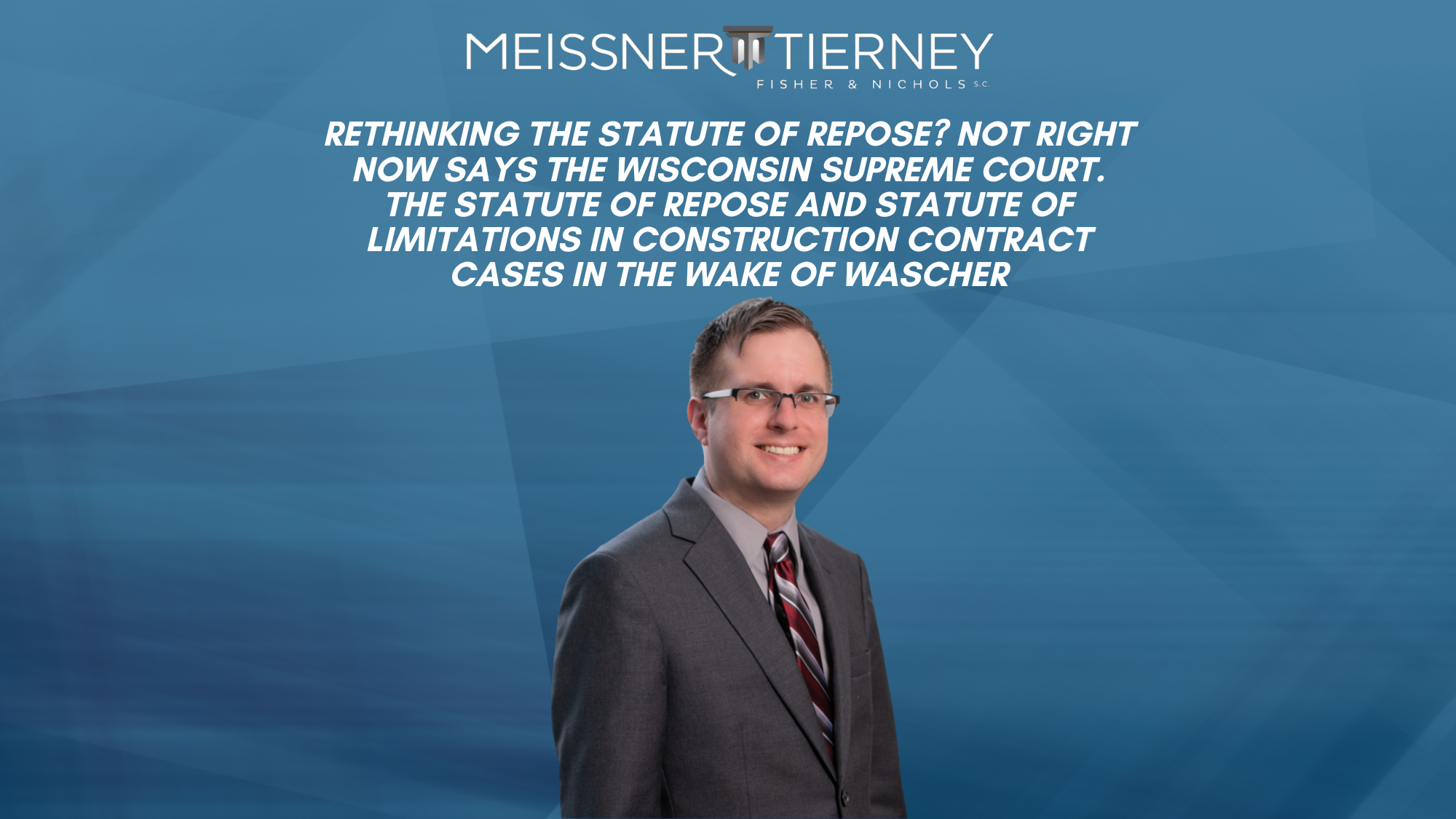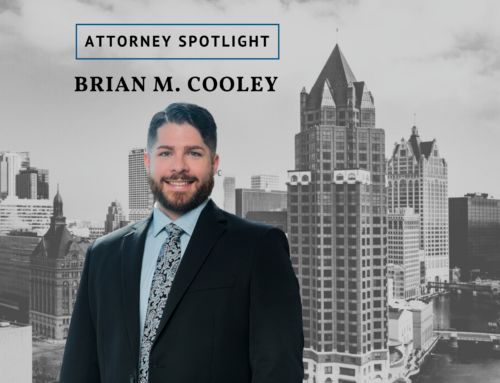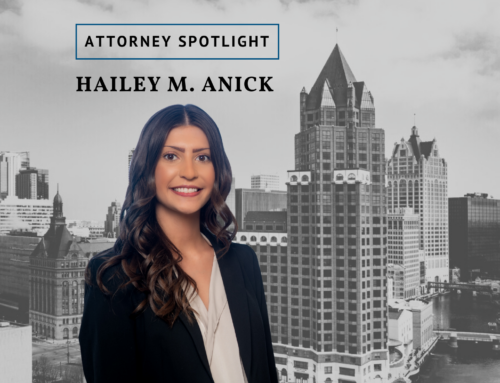The phrase “except as provided” is a fairly innocuous phrase commonly seen in various statutes or if you are young enough to remember, the run-of-the-mill law school textbook on statutory interpretation. It is so common within the Wisconsin statutes that according to Justice Bradley, the phrase renders over 3,000 results in Westlaw.
But if you practice in the world of construction law and defend contractors and their insurers, you may be familiar with the phrase located in the statute of repose for actions for injuries resulting from improvements to real property. Wis. Stat. § 893.89. The statute of repose provides that subject to certain exceptions:
no cause of action may accrue and no action may be commenced, including an action for contribution or indemnity, against the owner or occupier of the property or against any person involved in the improvement to real property after the end of the exposure period, to recover damages for any injury to property, for any injury to the person, or for wrongful death, arising out of any deficiency or defect in the design, land surveying, planning, supervision or observation of construction of, the construction of, or the furnishing of materials for, the improvement to real property.
Wis. Stat. § 893.89(2). The statute defines the “exposure period” as the “10 years immediately following the date of substantial completion of the improvement to real property.”[1] Wis. Stat. § 893.89(1). This effectively means that persons involved in “improvements to real property may not be sued more than ten years after substantial completion of a project.” Wascher v. ABC Insurance Company, 2022 WI App 10, ¶ 19, 401 Wis.2d 94, 972 N.W.2d 162 (citing Kalahari Development, LLC v. Iconica, Inc., 2012 WI App 34, ¶ 6, 340 Wis.2d 454, 811 N.W.2d 825).
Setting aside how you define “substantial completion” and various other intricacies of the law, whether the statute of repose or contract statute of limitations applies in construction contract cases can be difficult to navigate, especially because of the phrase “except as provided.” Wis. Stat. § 893.89(3)(a) states that:
Except as provided in pars. (b) and (c), if a person sustains damages as the result of a deficiency or defect in an improvement to real property, and the statute of limitations applicable to the damages bars commencement of the cause of action before the end of the exposure period, the statute of limitations applicable to the damages applies.
Subsection (b) further provides that:
(b) If, as the result of a deficiency or defect in an improvement to real property, a person sustains damages during the period beginning on the first day of the 8th year and ending on the last day of the 10th year after the substantial completion of the improvement to real property, the time for commencing the action for the damages is extended for 3 years after the date on which the damages occurred.
To complicate matters, the statute of limitations for an action for contract is six years. Wis. Stat. § 893.43(1). Here is where the problem lies. Does the statute of repose replace the statute of limitations for construction contracts when the statute of limitations has run?
This issue recently came to a head in Wascher v. ABC Insurance Company, 2022 WI App 10, 401 Wis.2d 94, 972 N.W.2d 162, where the Wisconsin Court of Appeals answered that question “no.” There, Plaintiff filed suit against various construction contractors and their insurance carriers for, among other things, breach of contract. Id. at ¶¶ 10-11. Plaintiff alleged that his construction contractors improperly installed stone cladding during the original construction of his home. Id. at ¶ 1. Work began on the home in 2005 with the home substantially completed no later than November 3, 2008. However, Plaintiff did not file suit until November 20, 2018. 2022 WI App at ¶ 10. This presented a problem for Plaintiff because the statute of limitations on his construction contract clearly ran. So, he had to argue that subsection (b) of the statute of repose created an exception to the statute of limitations and therefore increased the time available for him to file suit. Although Plaintiff argued that there was evidence that the property suffered damage between November 3, 2015, and November 3, 2018, the Court of Appeals rejected the argument that subsection (b) and the statute of repose created an exception to statute of limitations for contract actions and therefore increased the time to file suit. Wascher at ¶ 32. The Court noted that this argument was expressly rejected in Kalahari Development, LLC v. Iconica, Inc., 2012 WI App 34, 340 Wis.2d 454, 811 N.W.2d 825 when the Court there held the ten year exposure period “is not intended to override shorter applicable statutes of limitations, such as the shorter six-year statute of limitations on contract actions.” Id. at ¶ 19.
Plaintiff filed a petition for review to the Wisconsin Supreme Court, which was denied, but at least two justices expressed a willingness to revisit Wascher and, by extension, Kalahari when interpreting the phrase “Except as provided in pars. (b) and (c)[.]” Justice Bradley, joined by Judge Roggensack, argued for a “plain language” approach, quoting Humpty Dumpty no less:
“When I use a word,” Humpty Dumpty said, in a rather scornful tone, “it means just what I choose it to mean – neither more nor less.”
“The question is,” said Alice, “whether you can make words mean so many different things.”
“The question is,” said Humpty Dumpty, “which is to be master – that’s all.”
They believe that the Wascher and Kalahari courts “invite results-oriented legal analysis, which this court has repeatedly rejected in favor of applying the law as written.” As the Wascher and Kalahari courts recognized however, applying a “plain language” analysis might lead to “absurd” outcomes in which “many lawsuits based on damage that occurs earlier in time would be barred, whereas otherwise identical lawsuits based on damage that occurs later in time would not be barred.” Kalahari at ¶¶ 19-20. If courts were to adopt a “plain language” approach, it may lead to outcomes in which a homeowner could not sue if damages were sustained in year 7, but could if damages were sustained in years 8, 9, and 10. Id. at ¶ 20.
In sum, the Wisconsin Supreme Court has maintained the status quo that subsection (b) to the statute of repose does not override the shorter statute of limitations for contract actions. There is however, at least some appetite at the Wisconsin Supreme Court to revisit this issue and perhaps adopt a more muscular “plain language” approach at the Court. Until then, practitioners can rest assured that, at least in this context, the statute of repose does not override the statute of limitations for contract actions.
[1] For the purposes of this article, the statute in effect on April 4, 2018, will be analyzed.






